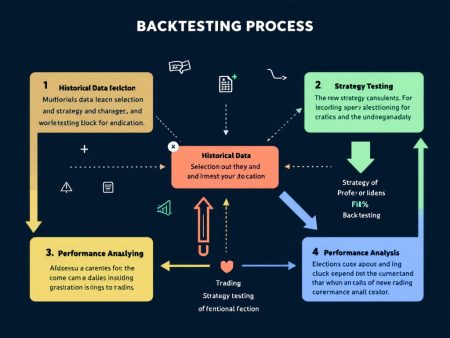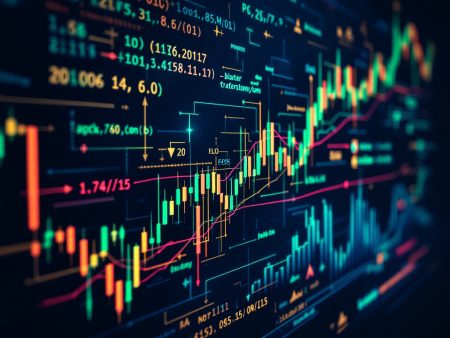The Evolution of Trading Algorithms: From Simple Rules to Complex AI Models
The Evolution of Trading Algorithms: From Simple Rules to Complex AI Models
In the fast-paced world of trading, algorithms have revolutionized how financial markets operate. From simplified rule-based systems to complex artificial intelligence models, the evolution of trading algorithms marks a significant milestone in finance and technology.
Early Developments in Algorithmic Trading
The inception of trading algorithms traces back to the creation of simple rule-based systems. These initial algorithms were designed to enhance trading efficiency, primarily focused on executing simple repetitive tasks, known as electronic trading platforms.
The Integration of AI in Trading
With advancements in technology, AI began to play a critical role in trading algorithms. Incorporating machine learni...




